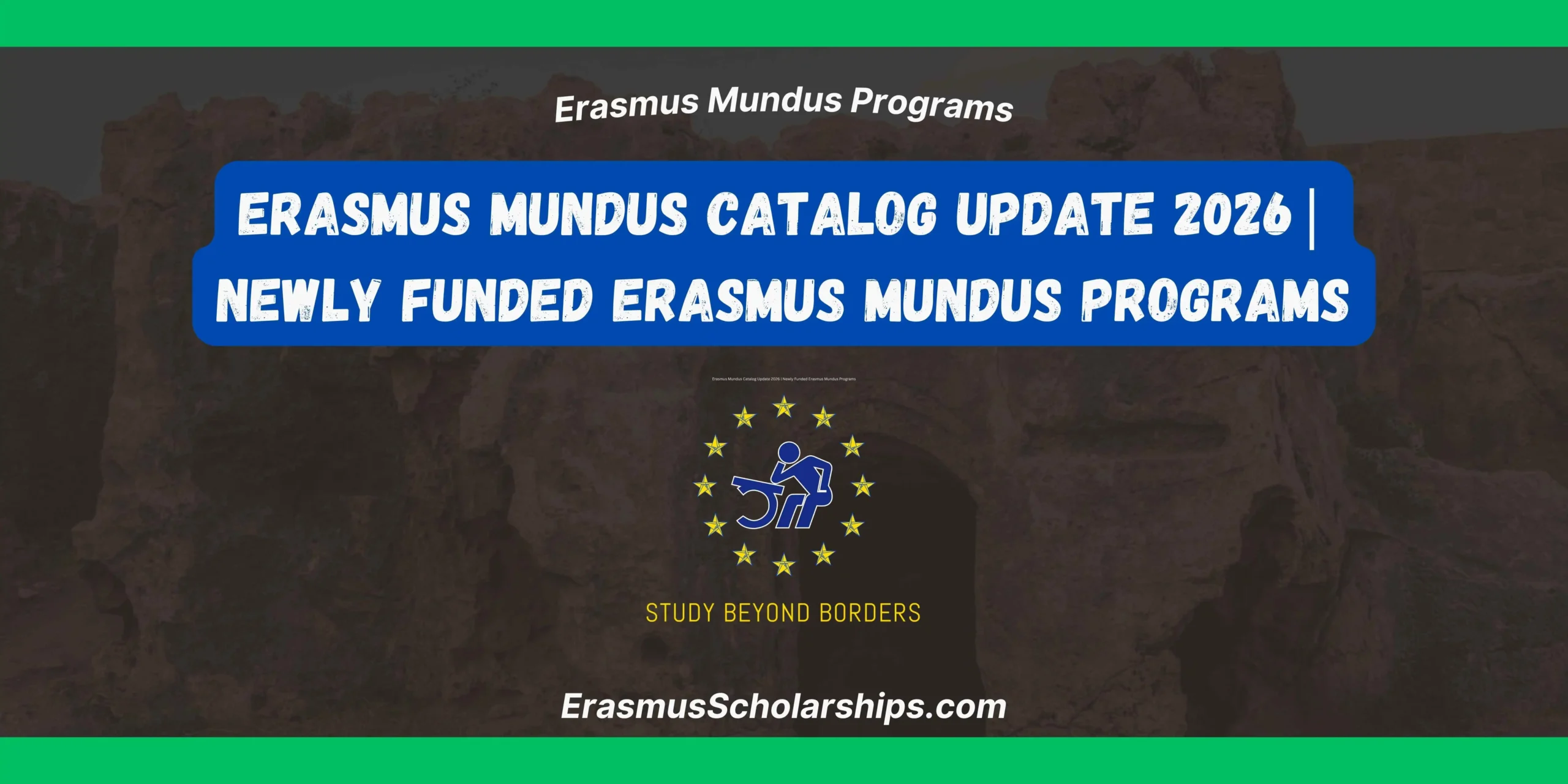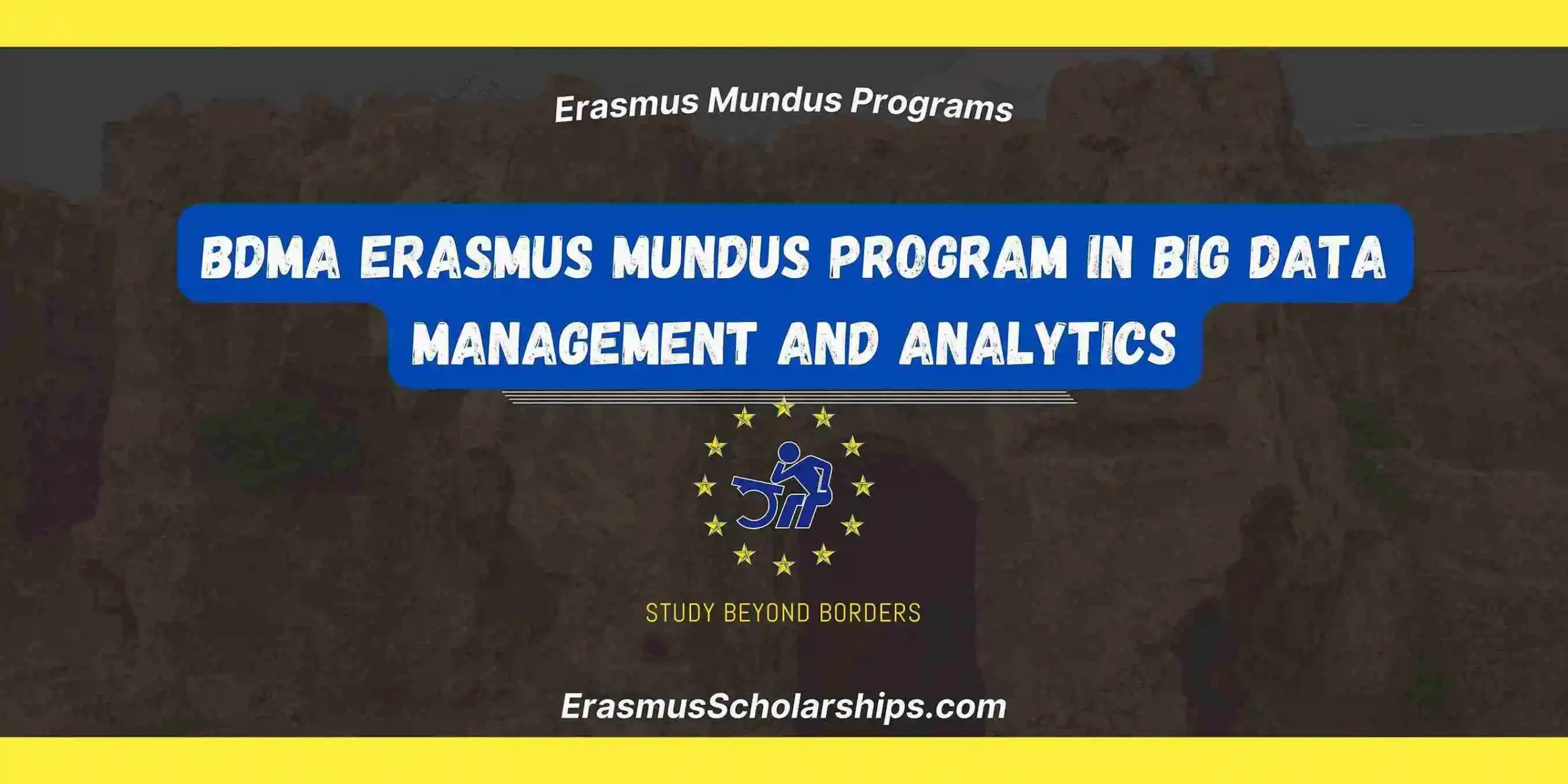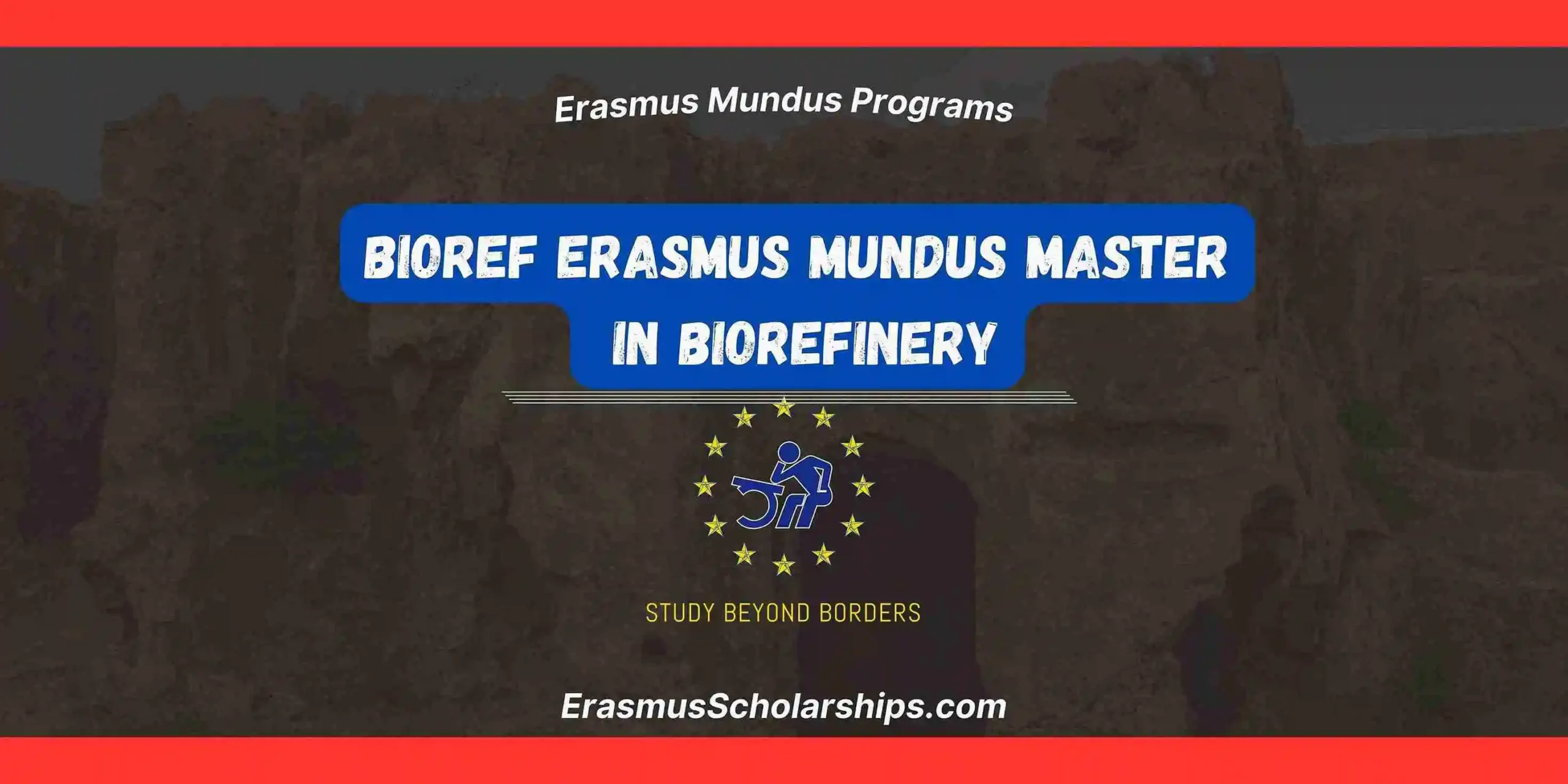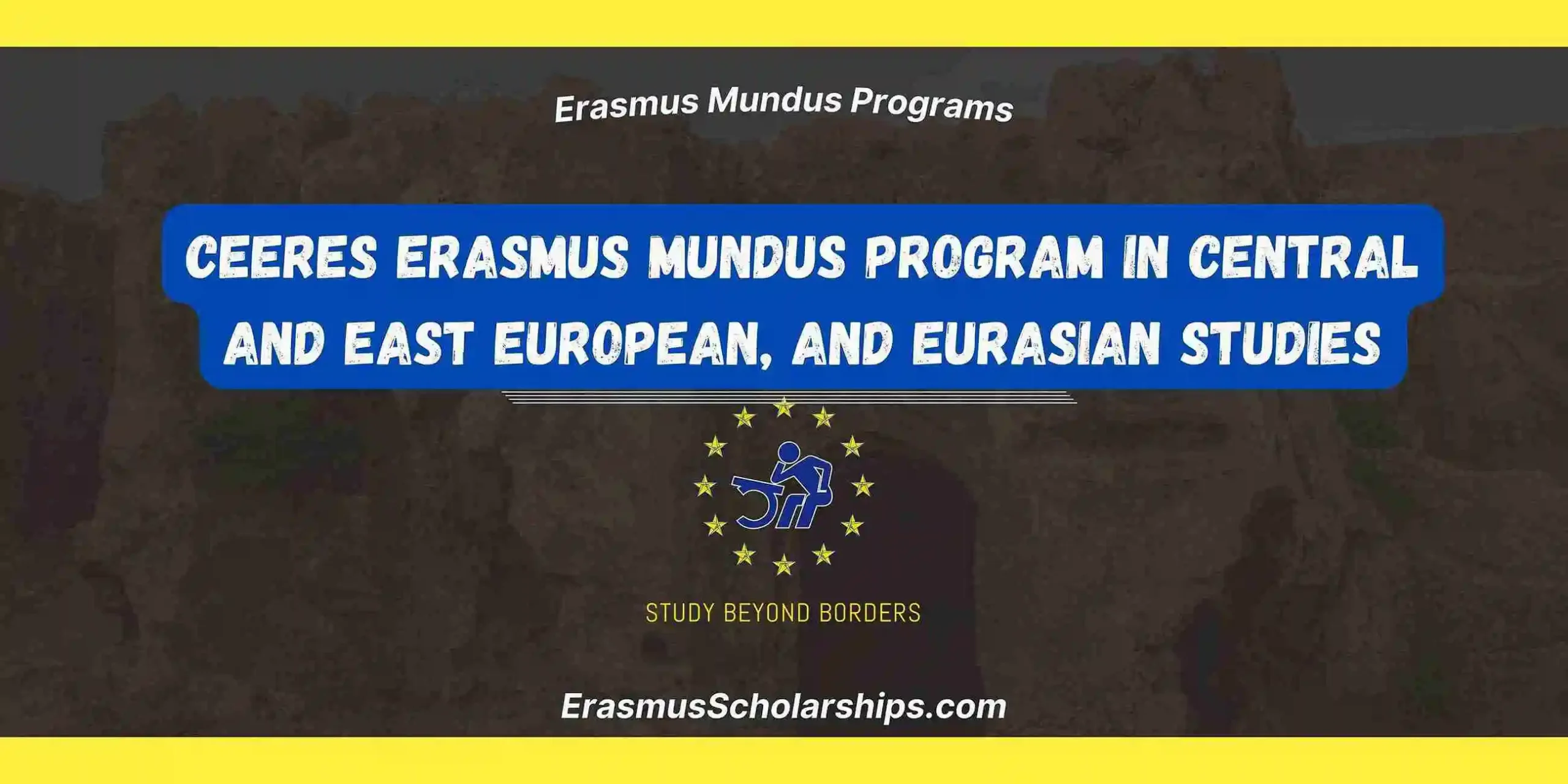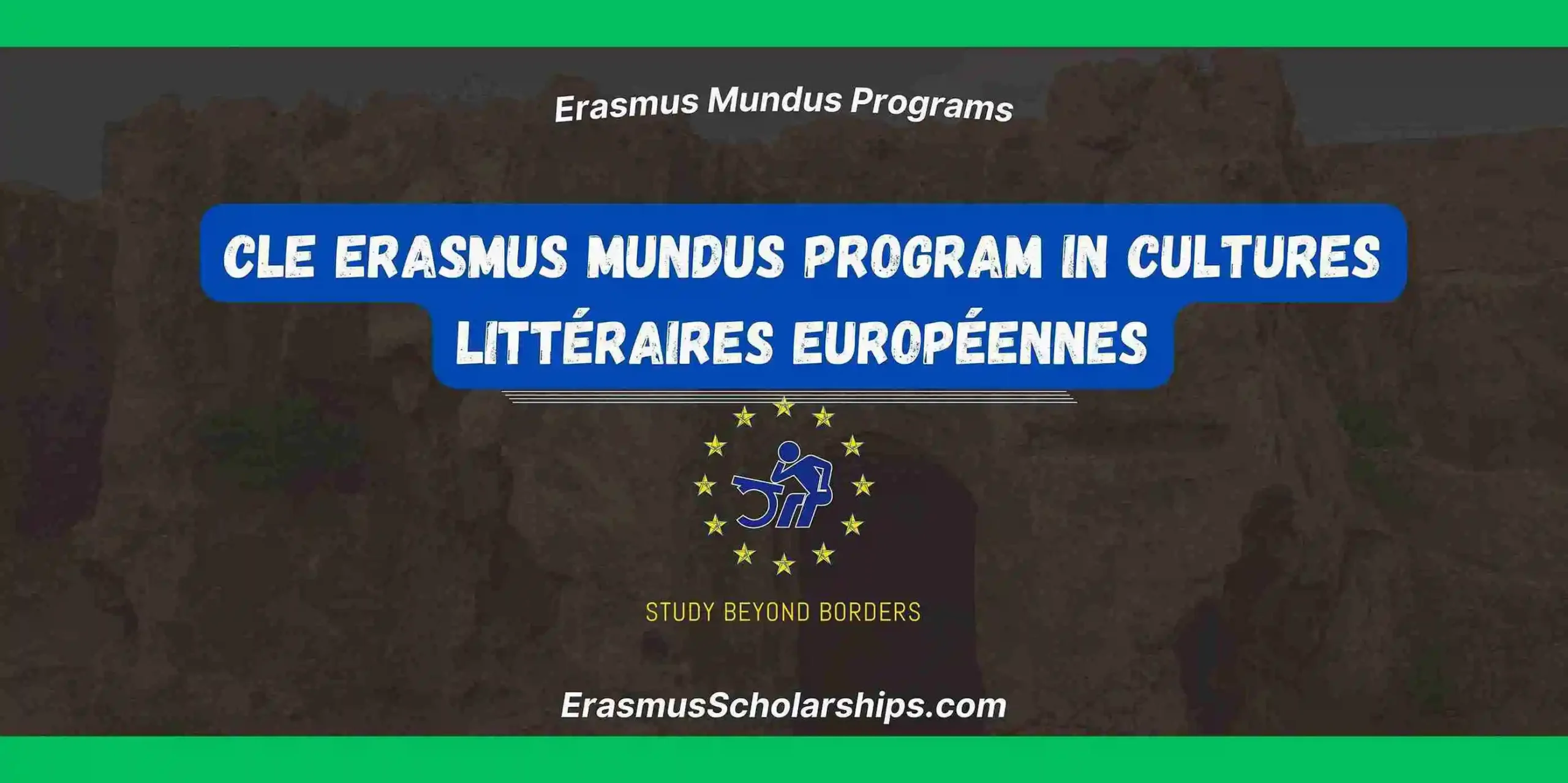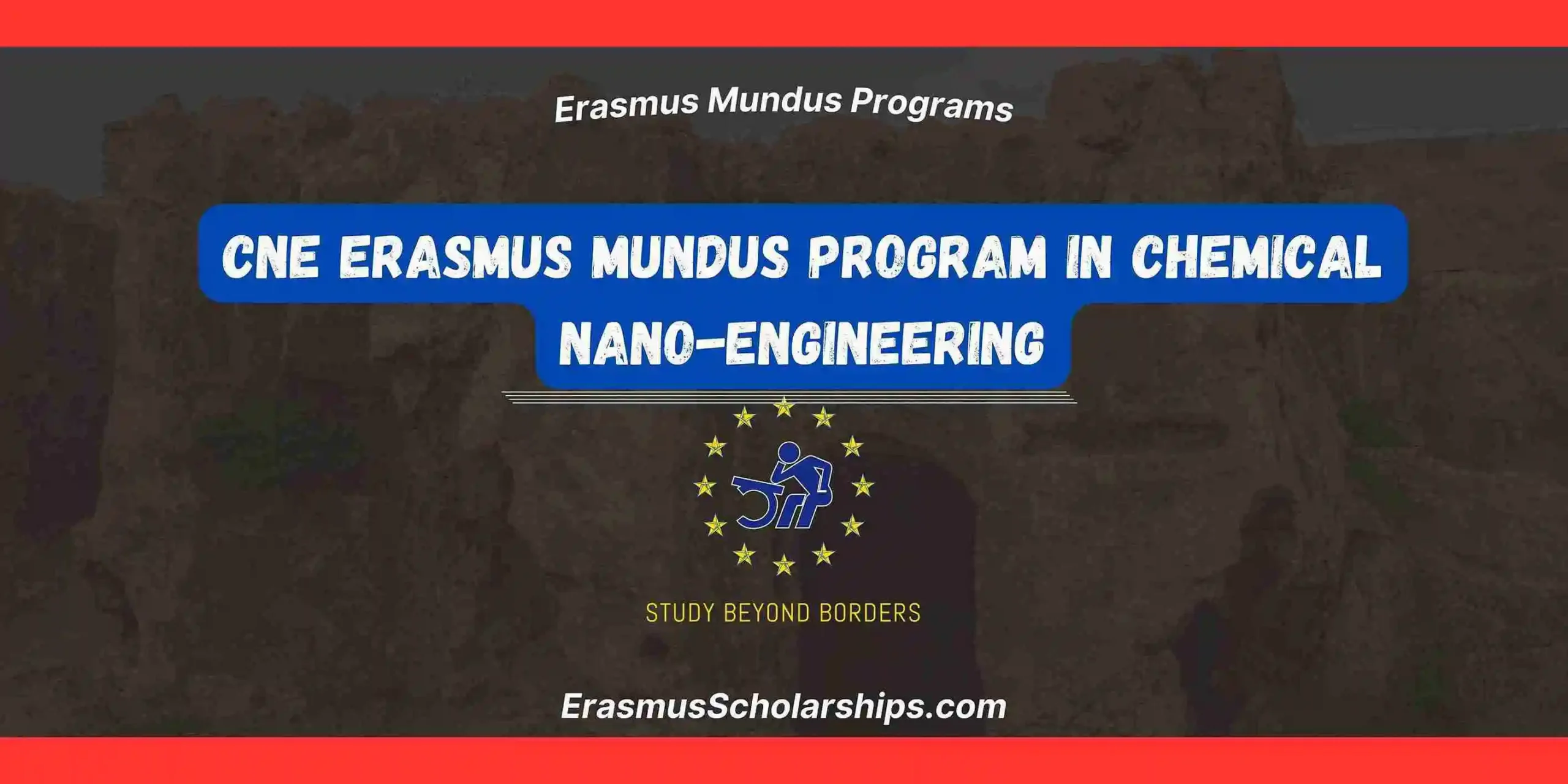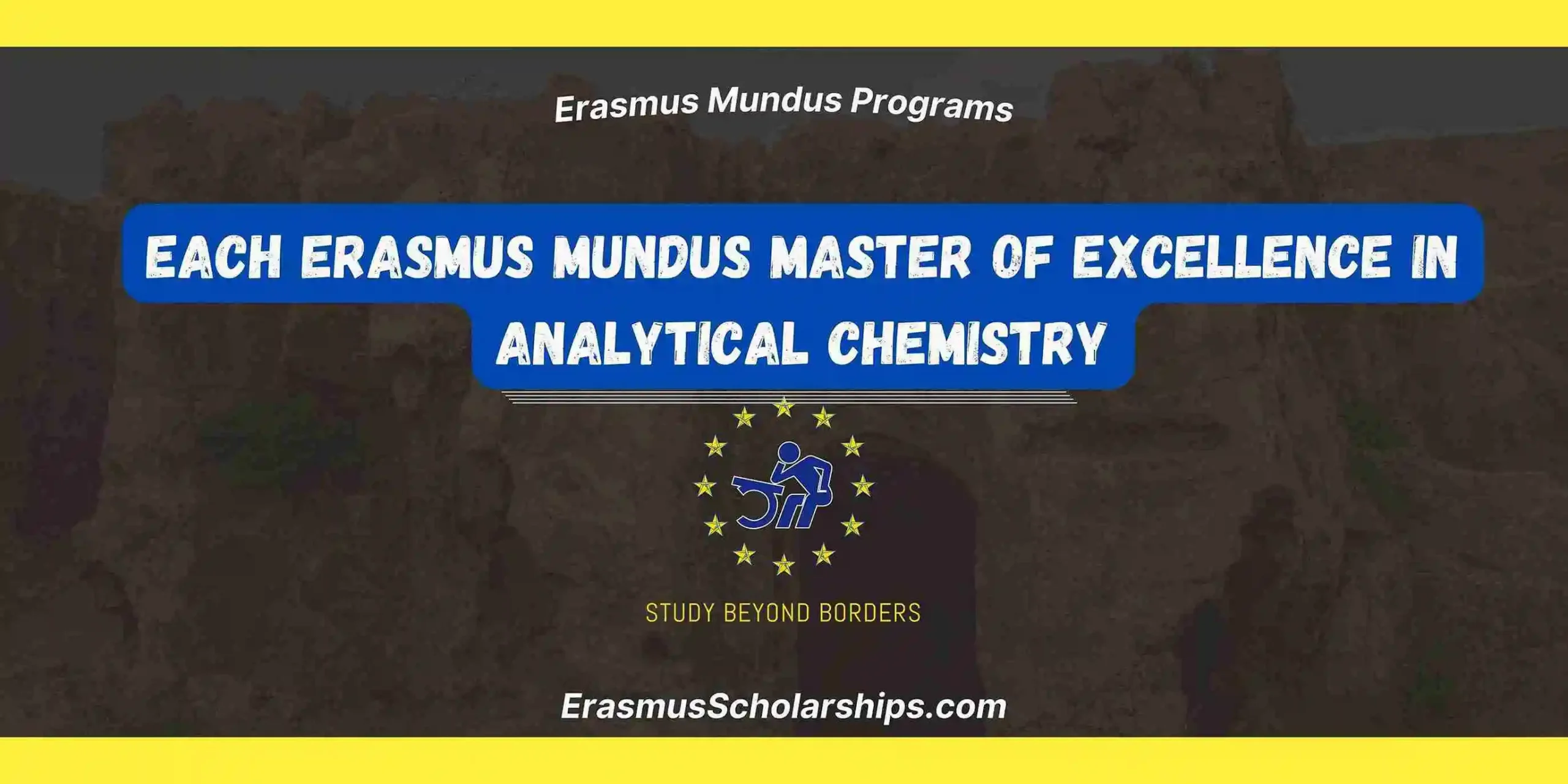SpaceMed Erasmus Mundus is a cutting-edge, two-year full-time European Master’s programme that dives deep into how humans adapt, or don’t, to life in space and other extreme environments. It’s a multidisciplinary adventure combining physiology, medicine, engineering, ethics, and field research. Think parabolic flights, Antarctic isolation, hypoxic chambers, bed-rest studies, and more. The emphasis on hands-on, real-world experiences sets it apart .
Based at three leading universities in France, Germany, and Slovenia, the programme equips students to address pressing challenges in space health, commercial spaceflight, extreme-environment medicine, and aerospace engineering. With Erasmus Mundus scholarships available, this is an unbeatable opportunity for motivated students worldwide
Project Status
- Status: Ongoing
- Start date 01-11-2023
- End date 31-12-2029
- Action Type: Erasmus Mundus Joint Master Degrees
- Universities Involved
- Countries Involved
The SpaceMed Erasmus Mundus program lets students study human physiology in space and extreme environments at top European universities through science and field-based training.
| Charité – Universitätsmedizin Berlin |
| Université de Caen Normandie |
| Mednarodna podiplomska šola Jožefa Stefana |
| Germany |
| France |
| Slovenia |
This cross-border collaboration allows students to gain an international perspective while studying and researching in the heart of Europe’s academic and industrial hubs.
Description of the SpaceMed Erasmus Mundus Program
SPACEMED Erasmus Mundus is a 2-year full-time European Master’s programme offering a unique integrated inter- and multidisciplinary study on the effects of extreme environments, particularly space flight, on humans. The curriculum places a strong emphasis on hands-on activities in state-of-the-art laboratories and on field studies, including space flight analogues (i.e., parabolic flights, Antarctic habitats, experimental bed rest studies, etc.), and extreme environments, such as those experienced at high altitude, underwater, and in hot and cold, dry and humid environments.
Key Features of the SpaceMed Erasmus Mundus Program
- Small cohort, high faculty interaction
- Interdisciplinary, with lab work, remote-field exposure
- Spaceflight analogues and real analog environments
- Workshops with academics, industry, and space agencies (ESA, NASA, DLR, CNES)
- Scholarships (~20 EMJMDs/year worth €1,400 monthly + participation fee waiver)
- Multicultural immersion across France, Germany, Slovenia
Mobility Tracks of the SpaceMed Erasmus Mundus Program
- Semester 1 – Caen, France: Biomedical Physiology (30 ECTS)
- Semester 2 – Berlin, Germany: Environmental Physiology (30 ECTS & lab internship)
- Semester 3 – Ljubljana, Slovenia: Extreme Environments modules (30 ECTS)
- Semester 4 – Thesis at partner institution or associated organization (30 ECTS)
Admission Requirements
- Bachelor’s (180 ECTS) in life sciences, kinesiology, psychology; or Master’s in engineering or medical degree
- A minimum level of English language proficiency equivalent to B2 according to the levels defined by the Common European Framework
- Strong academic record, motivation for space/extreme-environment health
How to Apply for SpaceMed Erasmus Mundus Program
- Visit tbe official SpaceMed website and click on the “Apply” section
- Submit online application and supporting documents (university transcripts, CV, personal statement, recommendation letters, English test scores)
- Indicate EMJM scholarship interest
- Submit between October and January for the next academic calendar
Tips to Win the SpaceMed Erasmus Mundus Program
- Highlight your passion for space, health, and extreme settings
- Emphasize prior lab, fieldwork, or research experience
- A compelling personal statement show unique motivations and your alignment with programme goals
- Strong, specific recommendations (academics and/or industry)
- Showcase adaptability: cultural openness, language proficiency, mobility readiness
Application Timeline
- Opens: October
- Deadline: January
- Enroll: Starting September following selection
Curriculum Structure of the SpaceMed Erasmus Mundus Program
| Semester | Location | Focus | Credits |
|---|---|---|---|
| 1 | Caen (FR) | Biomedical Physiology, Research Methods | 30 |
| 2 | Berlin (DE) | Environmental Physiology, Lab Internship | 30 |
| 3 | Ljubljana (SI) | Extreme Environments, Sleep, Ergonomics | 30 |
| 4 | Anywhere | Master Thesis/Industrial Placement | 30 |
Coordinator Contact
- For general inquiries: spacemed@unicaen.fr
Frequently Asked Questions (FAQs)
What makes the SpaceMed Erasmus Mundus Program unique?
It mixes high-level academic teaching with hands-on field labs and extreme environment analogues—plus a strong multicultural dimension across three countries.
Can I apply to the SpaceMed Erasmus Mundus Program without an EMJMD scholarship?
Yes! Self-funded and employer-sponsored candidates are welcome, though competition is intense
What careers can I pursue after the SpaceMed Erasmus Mundus Program?
Graduates become space health researchers, clinicians for astronauts/commercial crews, aerospace system engineers, or extreme-environment medical experts.
Is there a mobility requirement for the SpaceMed Erasmus Mundus Program?
Absolutely, students travel to France, Germany, Slovenia, and complete their thesis at any partner or associated institution.
Can I apply to the SpaceMed Erasmus Mundus Program if I haven’t finished my degree yet?
Yes, students in their final year can apply to the SpaceMed Erasmus Mundus Program, provided they graduate before the program begins.
How competitive is the SpaceMed Erasmus Mundus Program?
The SpaceMed Erasmus Mundus Program is highly competitive, with a limited number of scholarships awarded annually to top-ranked global candidates.
What kind of thesis topics are available in the SpaceMed Erasmus Mundus Program?
Thesis projects in the SpaceMed Erasmus Mundus Program range from cardiovascular and musculoskeletal deconditioning to sleep research, cognitive performance, and space suit ergonomics.

